Tomorrowland: The shape of things to come
Incremental approach limits urban living options.
Urban Aotearoa: The future for our cities, edited by David Batchelor and Bill McKay (BWB Text).
Incremental approach limits urban living options.
Urban Aotearoa: The future for our cities, edited by David Batchelor and Bill McKay (BWB Text).
The future of urban living is a topical issue that continues to produce detailed analysis and constant debate among conflicting pressures and visions.
Two reports came out earlier this week – one from mega-lobby group Infrastructure New Zealand on overseas visits by two delegations, therefore two sub-reports; and the other from the Committee for Auckland (CfA) that benchmarked that city with nine others.
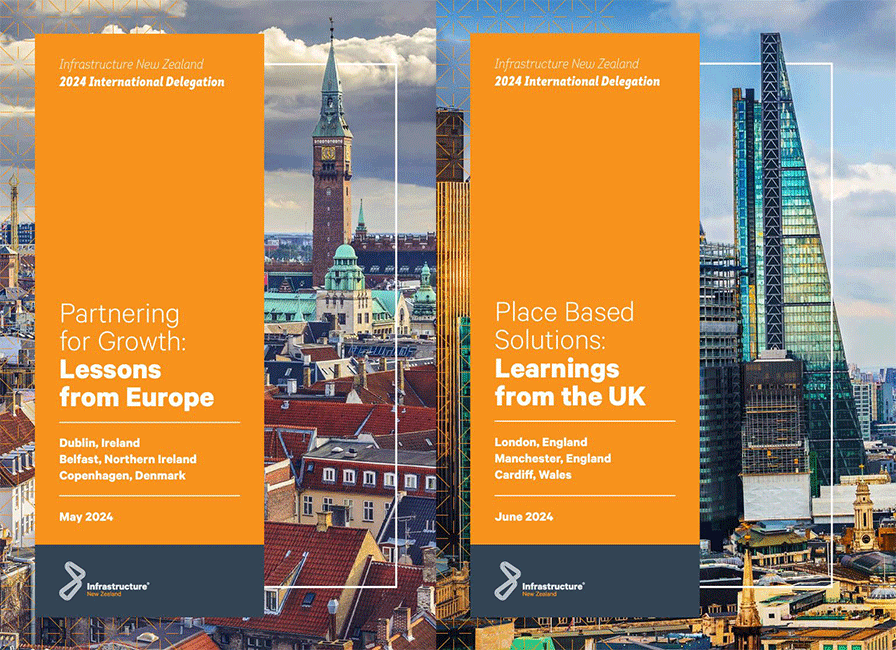
The Infrastructure NZ delegations visited Dublin, Belfast, and Copenhagen in one group, and the other three cities in the UK – London, Manchester, and Cardiff. Both had nearly 30 members and included equal numbers from the public and private sectors. All would be considered leading experts in their fields.
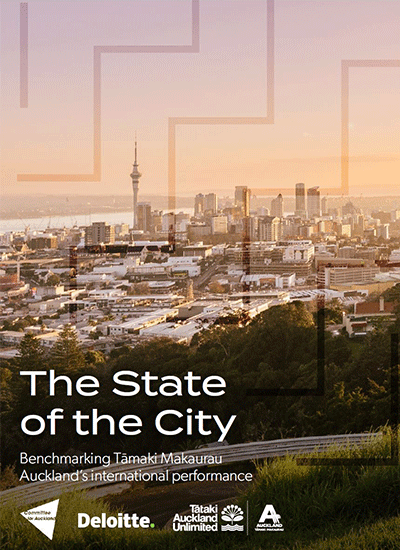
The CfA report, the second of its kind, was compiled from international benchmarking of 10 peer cities considered to offer the best opportunities to compare Auckland’s progress, and four others that can be considered world leading, such as Singapore, Sydney, and Melbourne. The peer cities comprised Auckland and three European capitals – Dublin, Copenhagen, and Helsinki – as well as Tel Aviv, Fukuoka, Brisbane, Portland, Austin, and Vancouver.
Both recent reports emphasise the benefits of learning from overseas experience. Indeed, Infrastructure NZ chief executive Nick Leggett said for too long New Zealand had “adopted a narrow approach to infrastructure development. It’s time to look outward and aspire to be a globally competitive nation”.
Coincidentally, a third effort to address urban environment issues has come from the publisher of BWB Texts, compact pocket-sized books that are plain text, have no fancy graphics, and are usually devoid of jargon and spin. However, these are mainly sourced from academics, who aren’t afraid to push agendas that favour left-of-centre solutions.
Urban Aotearoa is edited by David Batchelor and Bill McKay, who reject the international approach, except where it fits the bicultural approach of the sixth Labour Government and is now subject to push back from the coalition Government. Labour was the least development-minded of any government in New Zealand.
This is likely to limit the book’s appeal to the pro-development audience, at which the other reports are directed. However, it would have more value if the seven contributed chapters were read in a different order.
The editors’ introduction and the historical perspective by historian Ben Schrader should immediately be followed by AUT professor John Tookey’s account of transport and infrastructural development.

Ben Schrader.
Schrader is author of The Big Smoke, a definitive account of how a capitalist, landowning settler colony created a world-leading urban society from scratch. The country comprised freeholders, who could use their land to create individual wealth, while limiting the potential of indigenous renters, who – to use modern language – considered they had sold rights to occupy.
Within a few decades, town and city-dwellers had outnumbered the agrarian-based population as early as 1911. Although early settlers lived close to existing Māori communities, and adopted some of their building styles, the move to permanent materials was rapid due to fire risk.
The Raupo Housing Act of 1842 was the first example of a building regulation that banned the use of a swamp plant that had widespread uses for housing, bedding, and rafts.
Tookey picks up the story by comparing the rudimentary infrastructure of pre-colonial New Zealand since Polynesian occupation from the 12th century with that of Britain, where the Roman Empire had built roads and stone bridges hundred of years earlier and still last today.
The introduction of wheeled transportation, draught animals, and large livestock replaced tracks for carrying canoes and agriculture based on kumara gardens. Housing was always in short supply even as the Victorian era (1837-1901) brought rapid development in communications.
Telegraphic cables linked New Zealand to the outside world in the 1860s, followed by the spread of roads, railways, and bridges in the 1870s. However, this debt-fuelled development boom ended in 1879 with a financial crisis in Scotland.
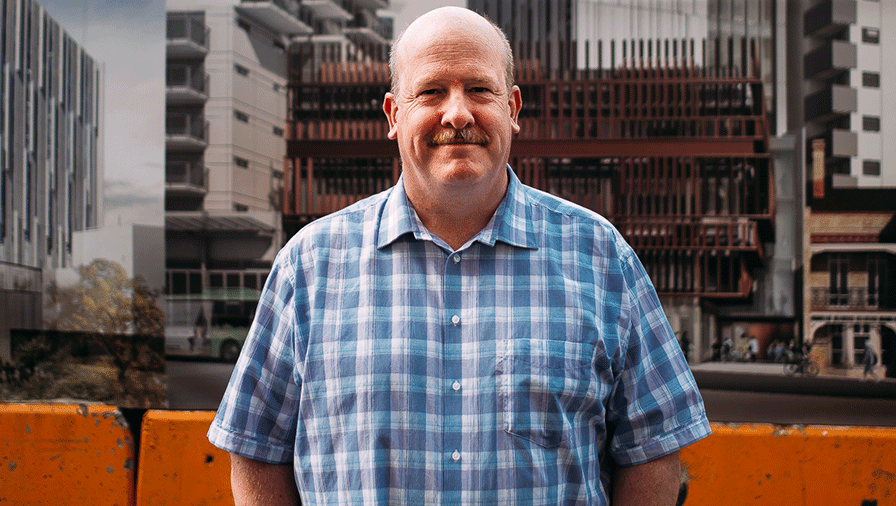
Professor John Tookey.
Tookey explains how dependence on outside capital, and the inevitable pain of depression that follows, has been a recurring feature up to the present day. The ‘Long Depression’ of the 1880s and 1890s that followed the heavy borrowing of Sir Julius Vogel was repeated by Sir Robert Muldoon with the ‘Think Big’ projects in the 1970s and 1980s.
“As a result, there is an environment of extreme cost sensitivity that stifles the ability to make timely decisions,” Tookey observes. An early example of capital-constrained colonial practice was to build narrow-gauge railway lines that suited the tight turns and steep gradients of the typography but has made it impossible to introduce modern high-speed trains.
The Auckland harbour bridge was built on a tight budget but not with the future in mind. Cost blowouts on other projects are so common that Tookey describes infrastructure planning as a “culture of cynicism” that still dominates policymaking.
“There is an apparent national aversion to allocating major funding to large-scale projects subject to programme-based cost escalations,” he writes. The fate of Christchurch’s cathedral is just the latest of these.
But Tookey sees advantages in the No 8 wire approach that emphasises improvisation and incremental change, though this prevents any rapid delivery of step change performance.
Unfortunately, for readers, this conclusion does not occur until page 124, long after four contributions that largely ignore the realities of the past. Worse, Tookey’s chapter is followed by two more excellent chapters that discuss the dominance of introduced ideas, both good and bad, and the role of open spaces and heritage.

Morten Gjerde.
In the former, architect and urban designer Morten Gjerde outlines the impact of Danish pedestrian-oriented city planning in most centres, and new urban housing developments. These have had a mixed reaction from ratepayers and the wider public. Many would agree, when combined with the lingering legacy of the Covid-19 lockdowns, that eliminating cars from city centres has been a social and business disaster.
Copenhagen, the world model for this idea, is cited in both the reports mentioned above. But, in New Zealand practice, few would say urban pedestrianisation, sometimes called the 15-minute city, is a possibility, let alone be judged an ideal goal. It may be too soon. Gjerde refers to Kenepuru Landing in Porirua as one positive example but makes no mention of Hobsonville in west Auckland.
Contrary to many critics of colonisation and freehold ownership, urban planner David Batchelor praises the foresight of green belts and the Victorian love of open spaces. Auckland’s Domain was established in 1844. Invercargill (1857), Tauranga (1870s), and Wellington (1870s) are cited as early examples of public opinion favouring parks and reserves over cheap housing schemes.
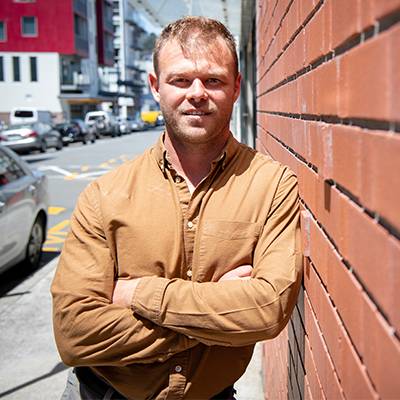
David Batchelor.
Batchelor provides valuable insights into the protection of heritage buildings and residential areas, urging a flexible and selective approach to the extremes in public debate.
“Critics of the character areas accuse these often colonial-protected areas of erasing Māoridom from sight and memory, pricing young people out of affordable homes near public amenities and transport connections, and not representing the identities and values of an evolving society,” he writes.
These issues are aired in the four other chapters: housing issues (Shamubeel and Serena Eaqub, authors of Generation Rent); ‘transcolonisation’ to restore Māori elements to future development (architecture professor Anthony Hoete); consideration for Pacific and other cultures’ housing needs (Samoan architect Lame Tone); and climate change implications (economist Paul Dalziel and sociologist-writer Jane Higgins).
These are worthwhile reading, with two from husband-and-wife collaborations and ranging from the fact-filled to the esoteric. But, ideally, they should be regarded as supplementary to the key ones I have emphasised.
It helps that all contributors have an academic approach that is clinical and evidential with good sources; a contrast to the bland committee reports that, I suspect, are published more for their impressive appearance than to be read as serious analysis.
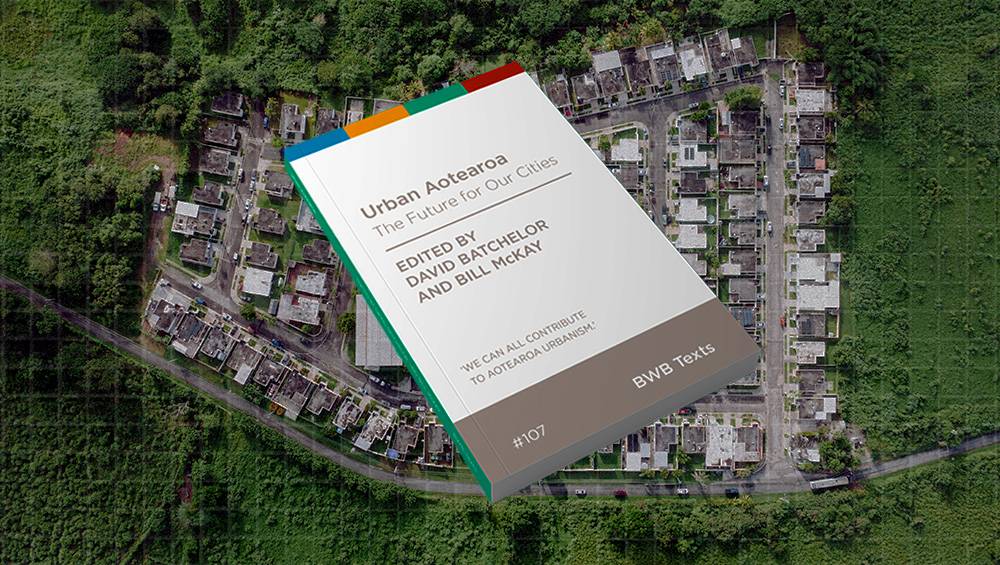
Urban Aotearoa: The future for our cities, edited by David Batchelor and Bill McKay (BWB Text)
Further reading:
Partnering for Growth: Lessons from Europe; Place Based Solutions: Learnings from the UK (Infrastructure New Zealand).
The State of the City 2024 (Committee on Auckland).
Nevil Gibson is a former editor-at-large for NBR. He has contributed film and book reviews to various publications.
This is supplied content and not paid for by NBR.